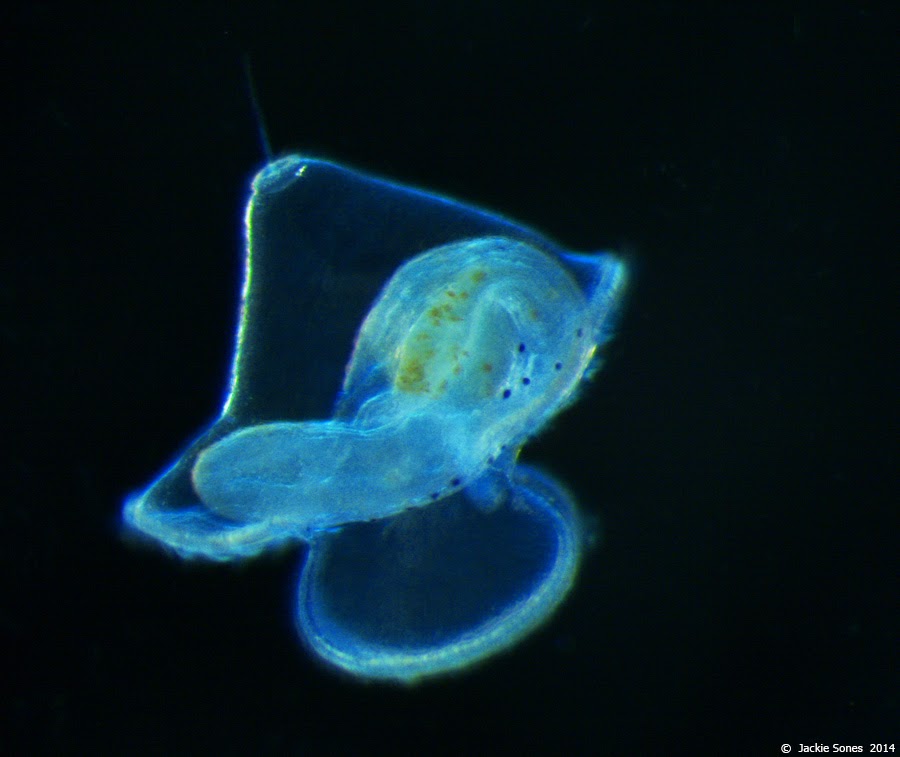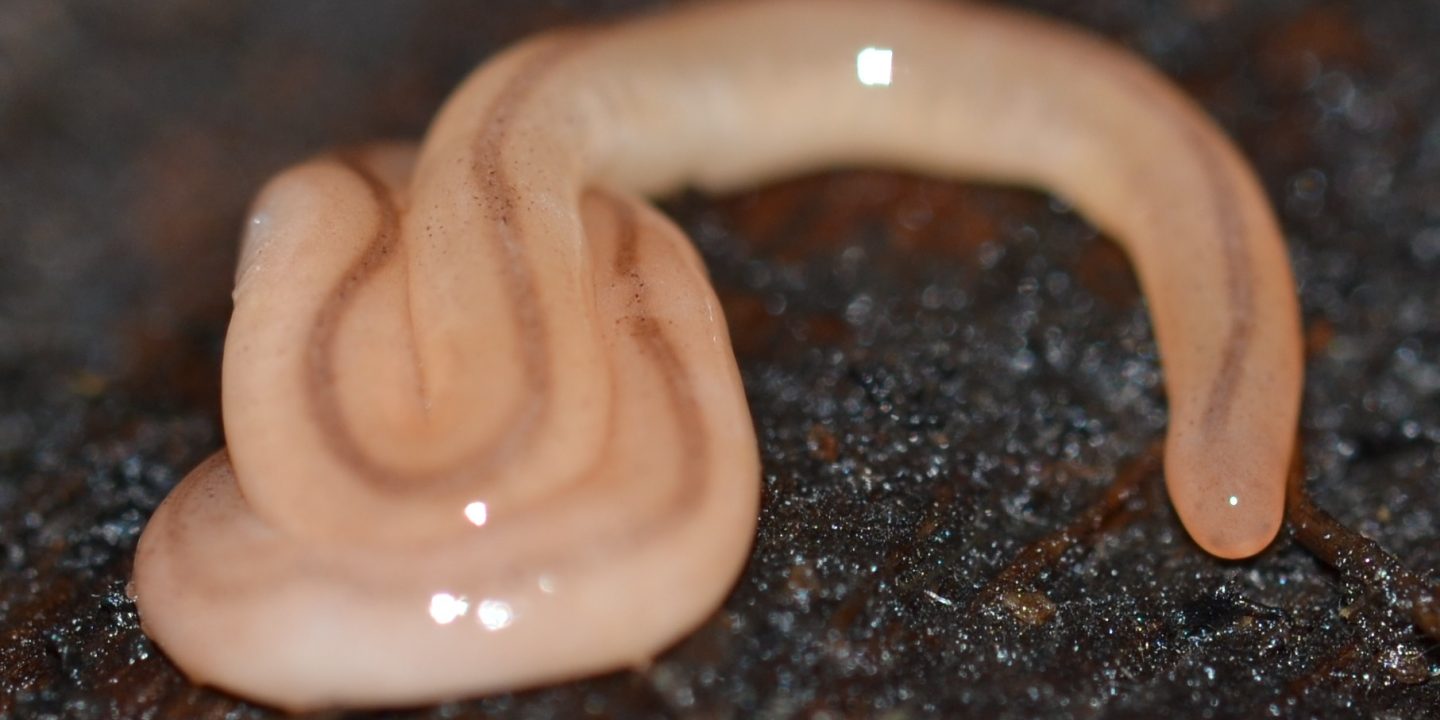This month’s group of animals on the spotlight are nemerteans, also known as ribbon worms, vermiform creatures belonging to the phylum Nemertea. They include more than 1300 species, typically long and slender with soft contractile bodies. Most nemerteans are marine, predominantly benthic or bottom dwellers, but some species can be found in freshwater and terrestrial habitats as well. The majority are active predators, hunting living prey, such as crustaceans, molluscs or polychaetes.
Ribbon worms are one of the target groups in our Artsdatabanken project, and one of the coolest weirdest animals, in my opinion. Here are 10 facts about them to prove that:
1) Nemertean’s defining characteristic is the proboscis, a muscular structure used in capturing food. When inactive, the proboscis lies inside the worm’s body, but it can be everted, jumping inside out to catch prey, making them very efficient predators.
2) Their proboscis can be branched, armed with one or several stylets, and sometimes it even has a sac of poison attached to it.
3) Ribbon worms may be the longest animal on the planet! Uncertainty remains because these stretchy animals are difficult to accurately measure, but there are records of Lineus longissimus (Figure 1) over 50 meters in length! Although some nemerteans can reach incredible lengths, most of them are less than 20cm long, and the smallest species only measure a few millimeters.

4) Their name is associated with the Greek sea nymph Nemertes, one of the daughters of Nereus and Doris, gods of the sea.
5) Many nemertean species are brightly colored, and some have spectacular patterns of spots, stripes or lines on their bodies (Figure 2).

6) Ribbon worms are capable of extreme body contraction and extension. They can shrink to a tenth of their extended length when threatened and swallow prey that are more than double the width of their bodies!
7) Many nemerteans can regenerate themselves if part of their bodies is destroyed. A few species fragment routinely and even small portions of the body can regrow into complete individuals!
8) Most species secrete mucus containing different cocktails of paralyzing toxins, making them poisonous and bad-tasting. The slippery mucus also makes them hard to catch, not only by predators but also by scientists! This secretion also allows the worms to move and keeps them from drying out when exposed to air.
9) The majority of ribbon worms have direct development, but some heteronemerteans and paleonemerteans form a weirdly shaped pilidium larva (Figure 3) in which the young worm develops. When it is fully formed, the juvenile bursts out of the larva body, eating its way out!

10) Although almost all nemerteans are free living, a few species live commensally inside other animals. Carcinonemertes species live as parasites on crabs, eating their eggs and any animals they can find from the confines of their host.
Hopefully, by now you’re convinced that these are truly impressive animals, much more than their simple, slightly repulsive appearance makes them seem.
![]()
